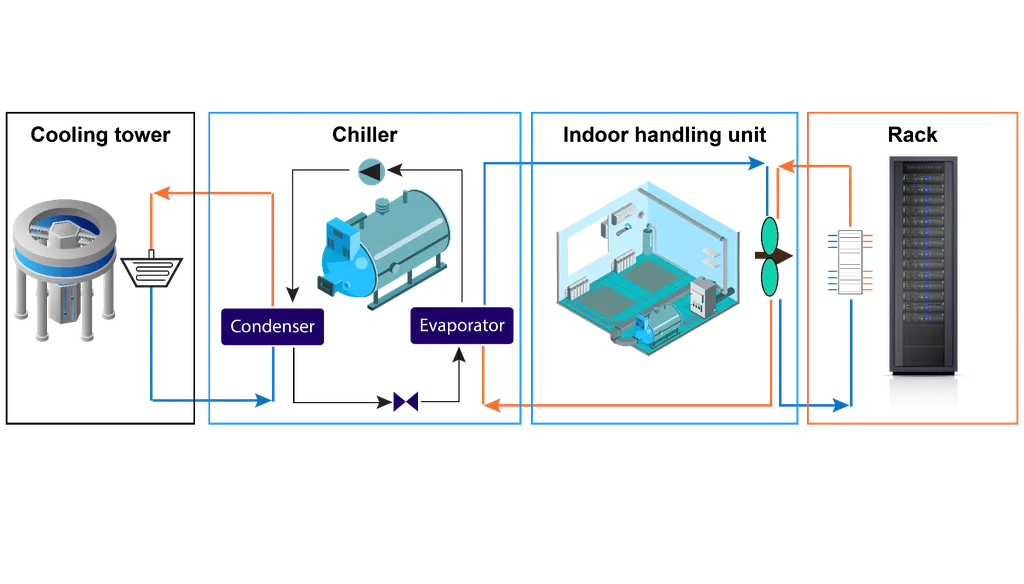Researchers from the University of California, Los Angeles (UCLA) have introduced a new framework for managing energy demand in large-scale facilities like data centers, aiming to optimize energy use and storage. The team, led by Adam Wierman and including Adam Lechowicz, Nicolas Christianson, Mohammad Hajiesmaili, and Prashant Shenoy, presented their findings in a study titled “Online Smoothed Demand Management,” published in the journal Management Science.
The researchers developed a model called Online Smoothed Demand Management (OSDM) to address the challenges of integrating energy storage systems with large energy consumers. In OSDM, an operator makes two key decisions at each time step: how much energy to purchase and how much to deliver for immediate use. The difference between these decisions determines whether the energy storage system is charged or discharged. The model considers two types of demand: base demand, which must be met immediately, and flexible demand, which can be satisfied at any time before a specific deadline. The goal is to minimize costs, including energy purchase and delivery costs, while encouraging decisions that promote grid stability by penalizing fluctuations in energy rates.
To solve the OSDM problem, the researchers proposed an algorithm called Partitioned Accounting & Aggregated Decisions (PAAD). This algorithm achieves the optimal competitive ratio, meaning it performs as well as possible in the worst-case scenario. Recognizing that worst-case analysis can be overly pessimistic, the team also developed a novel learning framework. This framework provides guarantees on the worst-case competitive ratio while allowing for end-to-end differentiable learning, enabling the algorithm to improve based on historical data.
The researchers evaluated their algorithms in a case study involving a grid-integrated data center with battery storage. The results showed that PAAD effectively solves the OSDM problem, and the learning framework achieved substantial performance improvements compared to PAAD alone. This research highlights the potential for advanced algorithms and machine learning to optimize energy management in large-scale facilities, contributing to more efficient and stable energy grids.
The study was published in Management Science, a leading journal in the field of operations research and management science.
This article is based on research available at arXiv.

